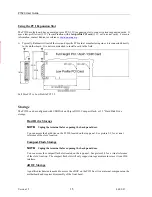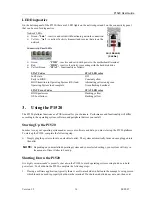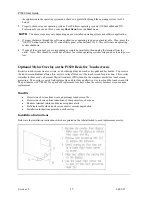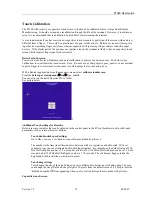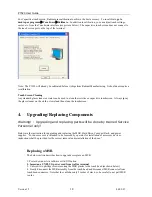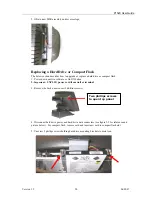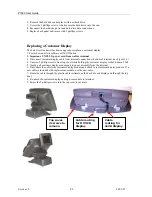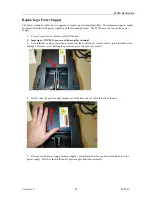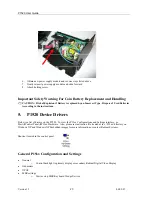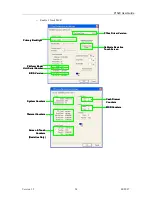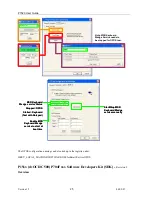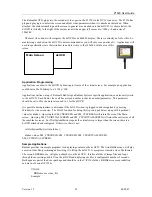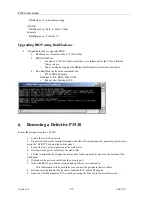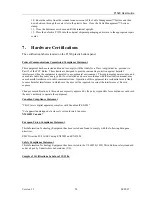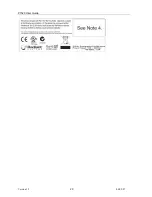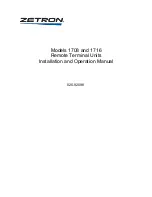
P1520 User Guide
Version 1.2
14
04/02/07
Using the USB Ports
You can connect various peripheral devices to the P1520 by using the four USB (2.0) host ports located on the
bottom panel. Some peripherals that are commonly supported by the USB ports include a keyboard and mouse.
NOTE:
Other peripheral devices may also be compatible with the USB serial ports. Please refer to each
device’s User Manual to determine which type of port it supports.
¾
To connect a peripheral device to one of the USB host ports on the P1520, plug the device cord into one of
the USB ports (labeled
USB
on the bottom panel). See picture 2-1 for a visual reference of the ports’
location.
Using the Direct Drive Cash Drawer Ports
The P1520 can power two different type cash drawers (direct drive or serial). The terminal has two direct drive
cash drawer ports with RJ11 (4 pin) connectors labeled, 1 and 2, on the bottom I/O panel. The cash drawer
itself typically has a solenoid for firing the drawer and a switch for determining whether the drawer is open or
closed. For serial cash drawers, connection is made to one of the powered serial powers available on the P1520.
Pinout for DDCD ports
Orientation: looking into the connector with tab on BOTTOM, then pin 1 is on the right side
Pin 1 sense
Pin 2 Fire
Pin 3 GND
Pin 4 GND
Connectivity TOP panel
The P1520 offers secure, but easy access to the top panel for additional connectivity. See Figure 2-2 below for
top panel details.
Picture 2-2 –
P1520 Top Panel
With Cables connected
Backlight
Hard
Drive
Power
Hard Drive
Data
LCD
Touch
screen
(Resistive)
CompactFlash
port
















